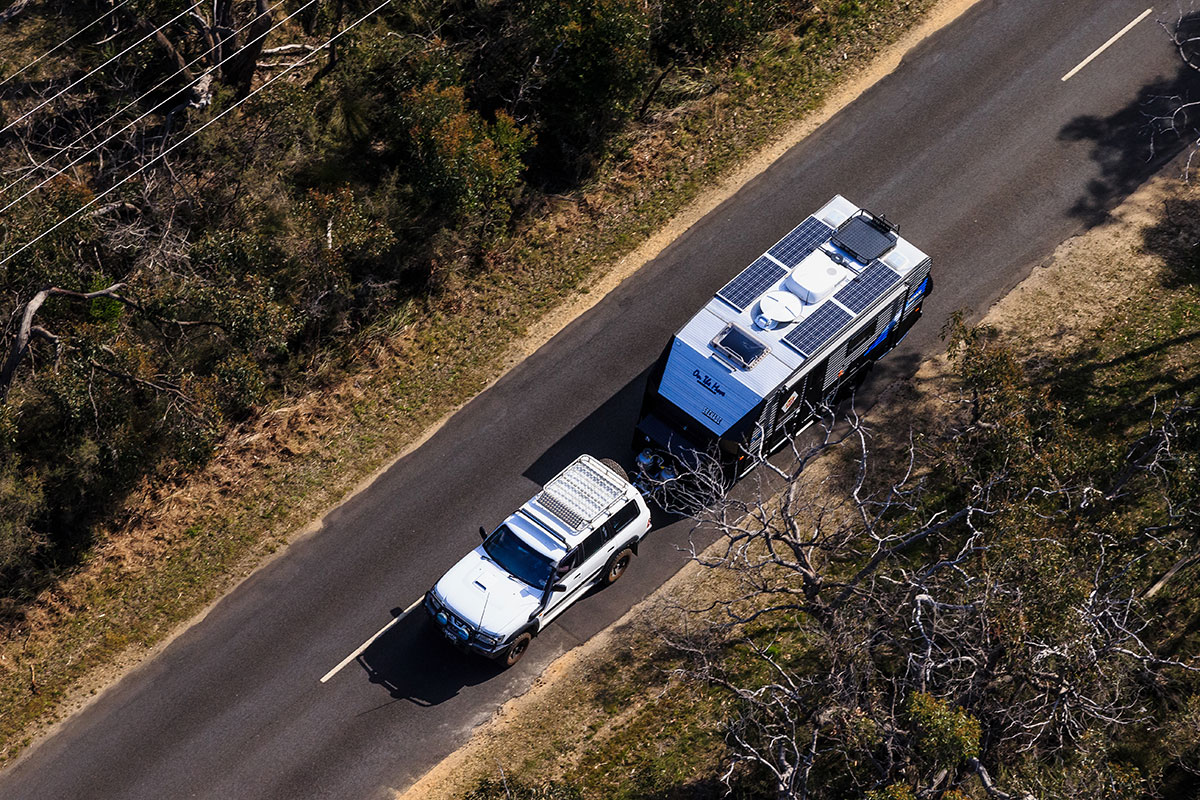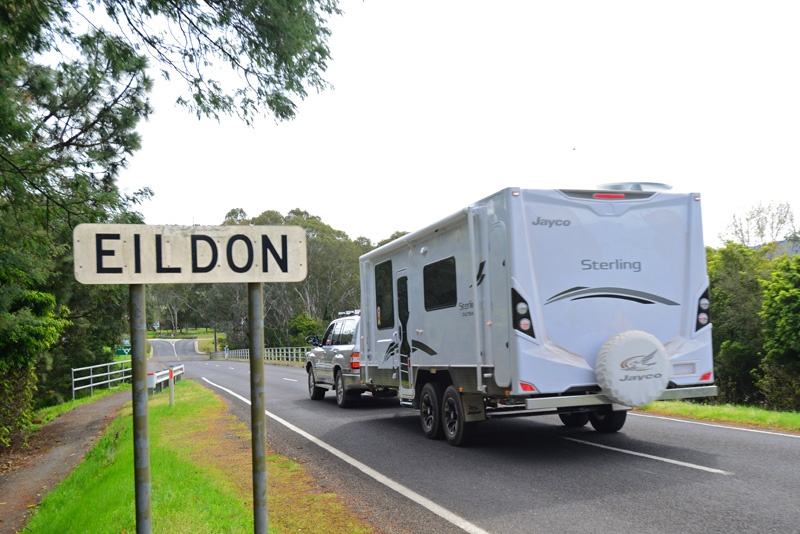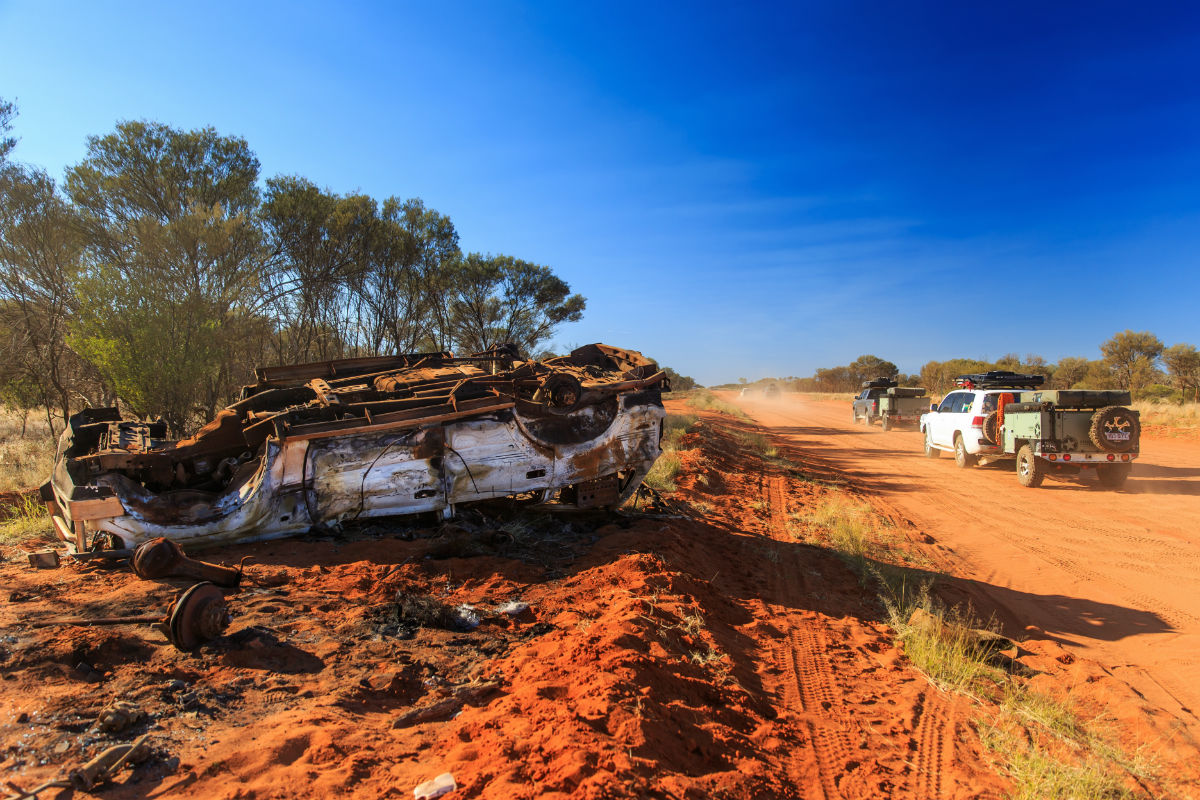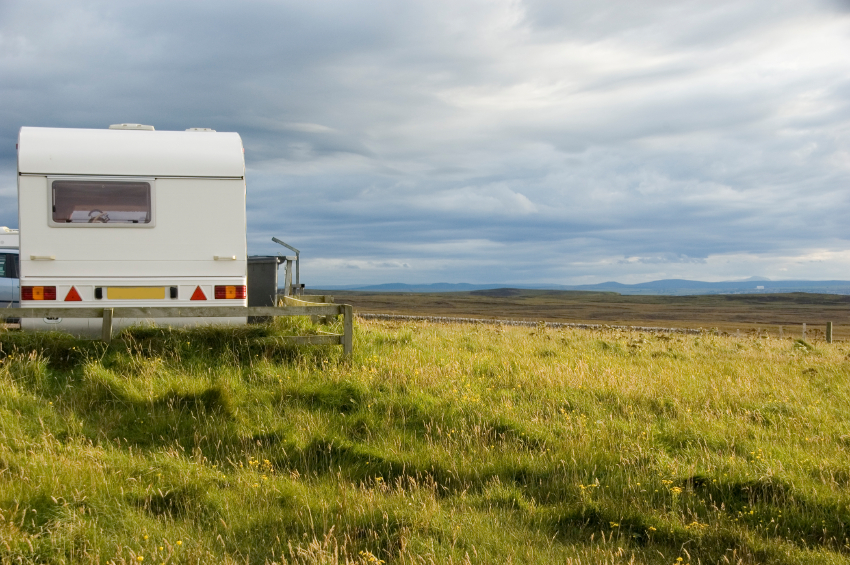At the risk of making a political comment, despite the fact that we live in an admirably suitable country, solar power generation has had something of a chequered development in the main power grid. Conversely in the Recreational Vehicle (RV) industry it’s been widely adopted for number of reasons and hugely successful. For starters it’s ideal for making RV’s electrically self contained and secondly the flat roof of a caravan or motorhome is ideal for fitting solar panels both flat and slightly curved. Indeed the only real limitation is the area of the roof.
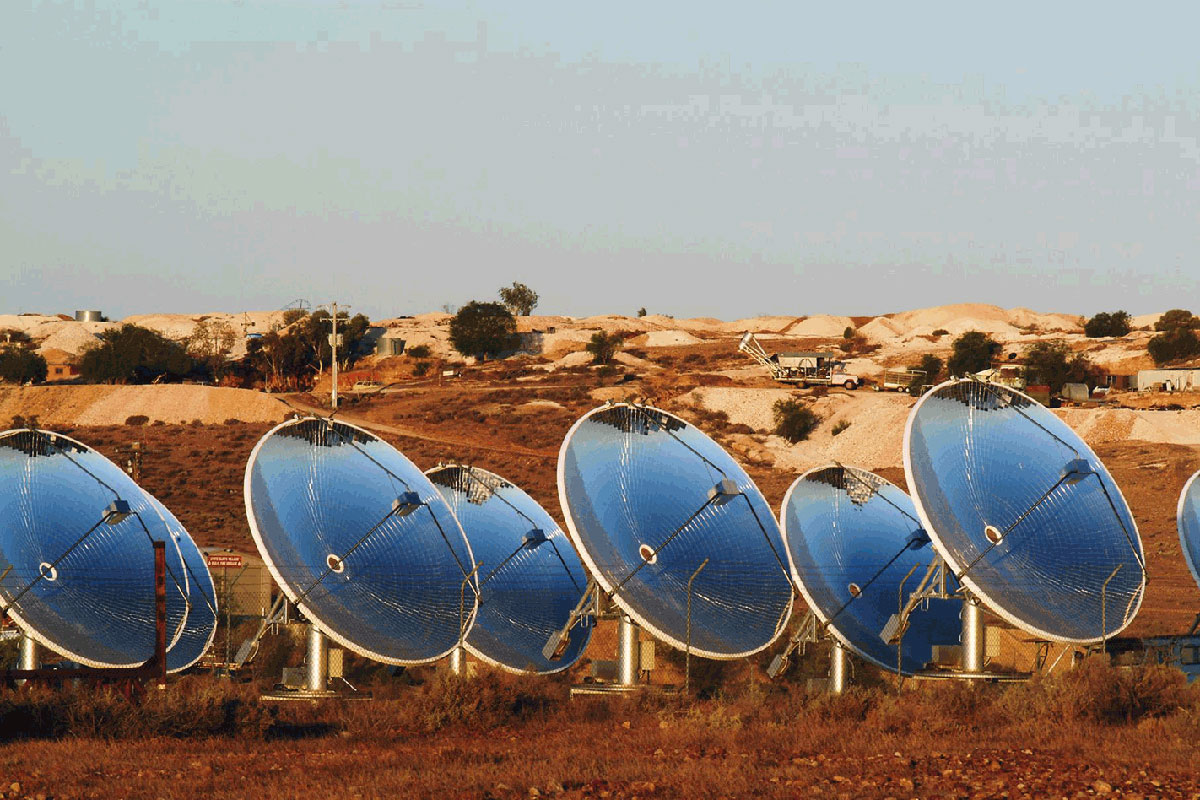
Apart from items like microwave ovens and air conditioners, just about everything else in an RV can be run successfully off 12V without any problem. Consequently travellers who can live without their microwave oven and air conditioners and if properly set up with solar generating capacity can live away from a mains 240V connection for extended periods without any trouble.
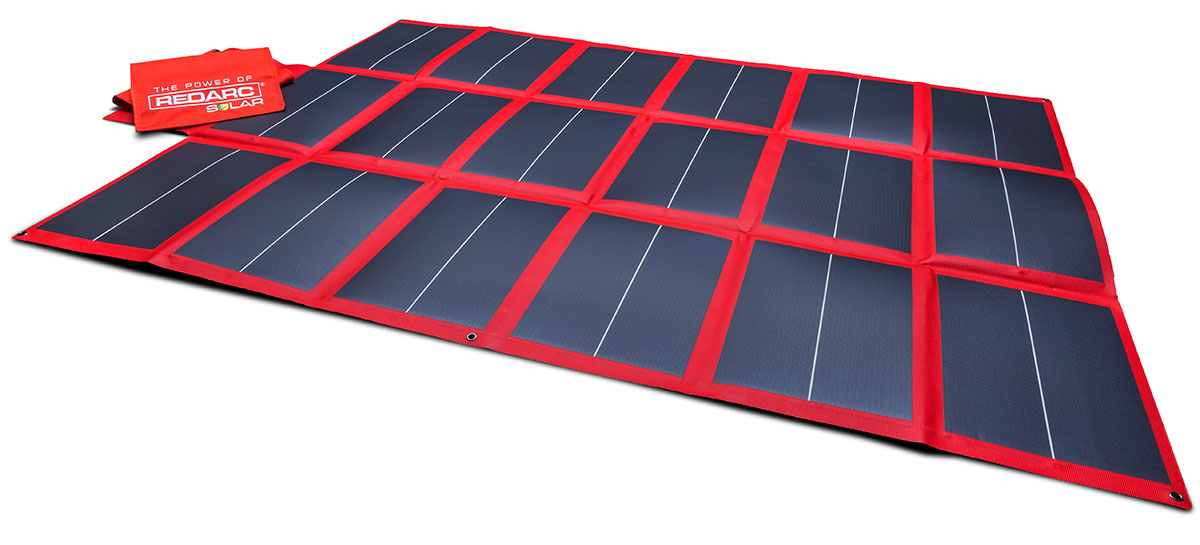
It seems to me that that solar power does have a serious future in this country and none more so for the RV traveller. There will be more developments on at least two fronts. One will be in solar panel generating capacity and the other in battery capacity. On the solar panel front, more energy efficient materials are being developed leading to either higher rated panels, smaller panel dimensions for the same output or more portable panels.
At the current time there are some panels so thin they can be barely be seen on a RV roof from most conventional angles and will suit a curved roof. Slightly related there have been some interesting developments in the USA whereby solar powered pavements are being developed – strong enough to withstand road traffic yet enough power for both road heating to melt snow and LED lighting by night. Potential use if you think about is charging points for electric vehicles in remote country areas.
One or two caravan manufacturers have been playing with the idea of solar panels that track the sun – mostly hand operated at the moment. A problem with horizontally mounted panels is that when the sun is low in the sky, solar generation is less efficient. A panel that can follow the sun, a bit like a rotating satellite dish, will definitely be more efficient.
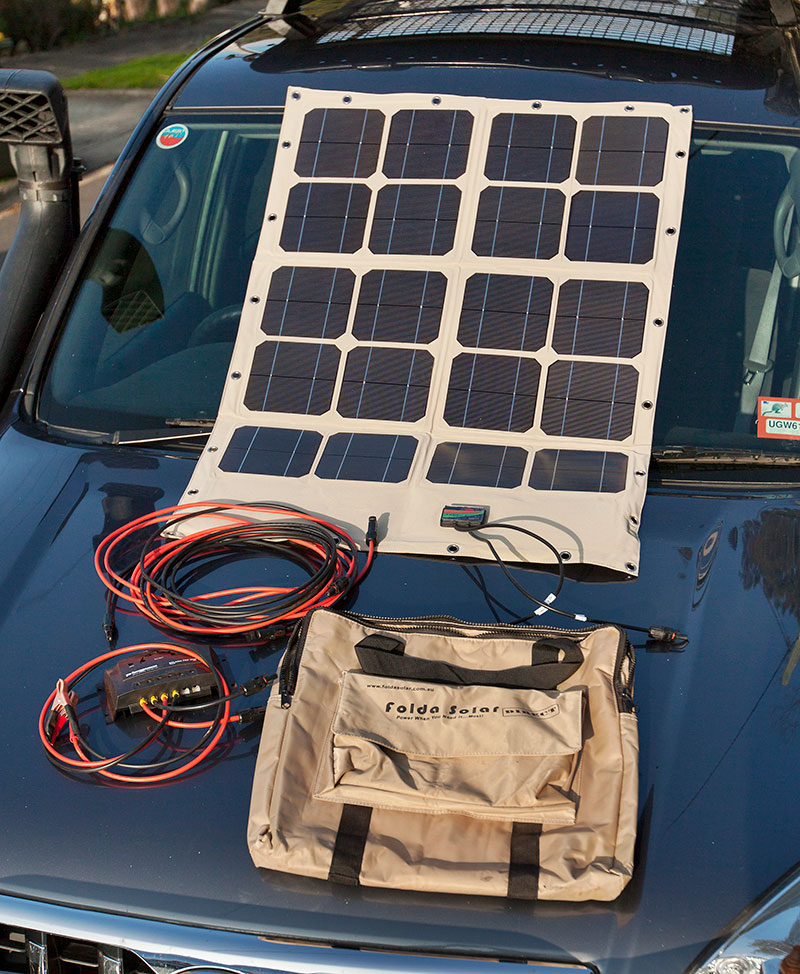
Of course the other side of this generating equation is battery development of which there has been much over the past decade – Deep cycle, Absorbed Glass Mat, Gel Cell and Lead Crystal have become very common and with higher output ratings. The new player of course has been in different types of Lithium ion batteries and recent developments have the dual effect of lighter weight with greater power capacity. However, to date lithium batteries are considerably more expensive than conventional deep cycle batteries and there have been a few mechanical strength issues. However, it’s a fair and reasonable bet given past technology development trends that costs will come down.
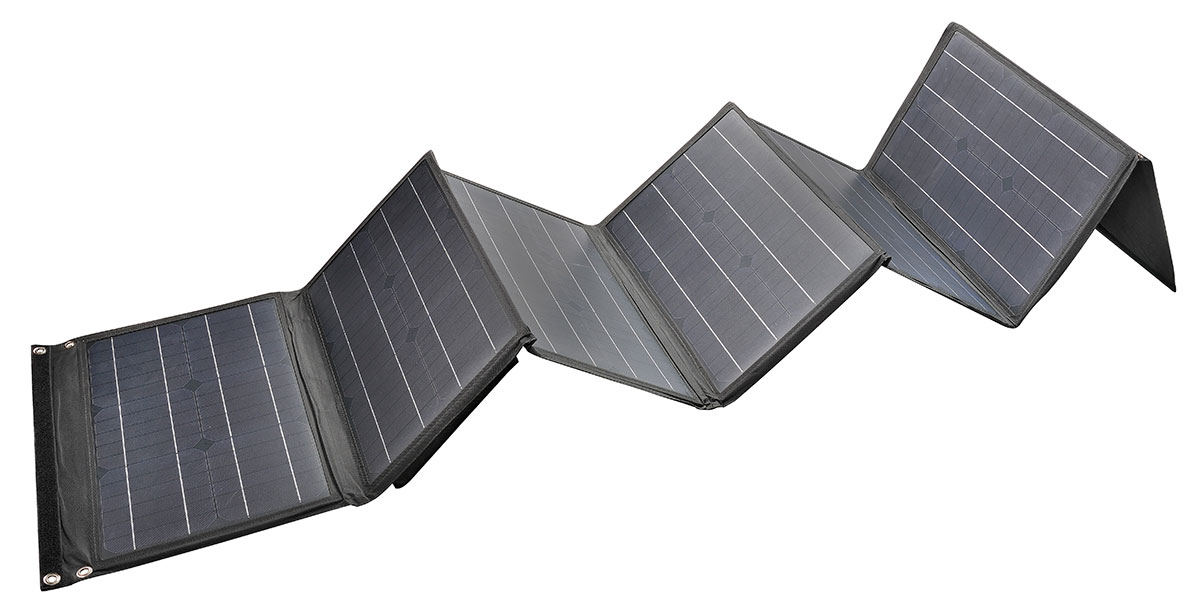
Increased battery capacity, improved battery management systems and more efficient inverters will of course mean that apart from anything else items like 240V air conditioners and microwave ovens will be easily usable.
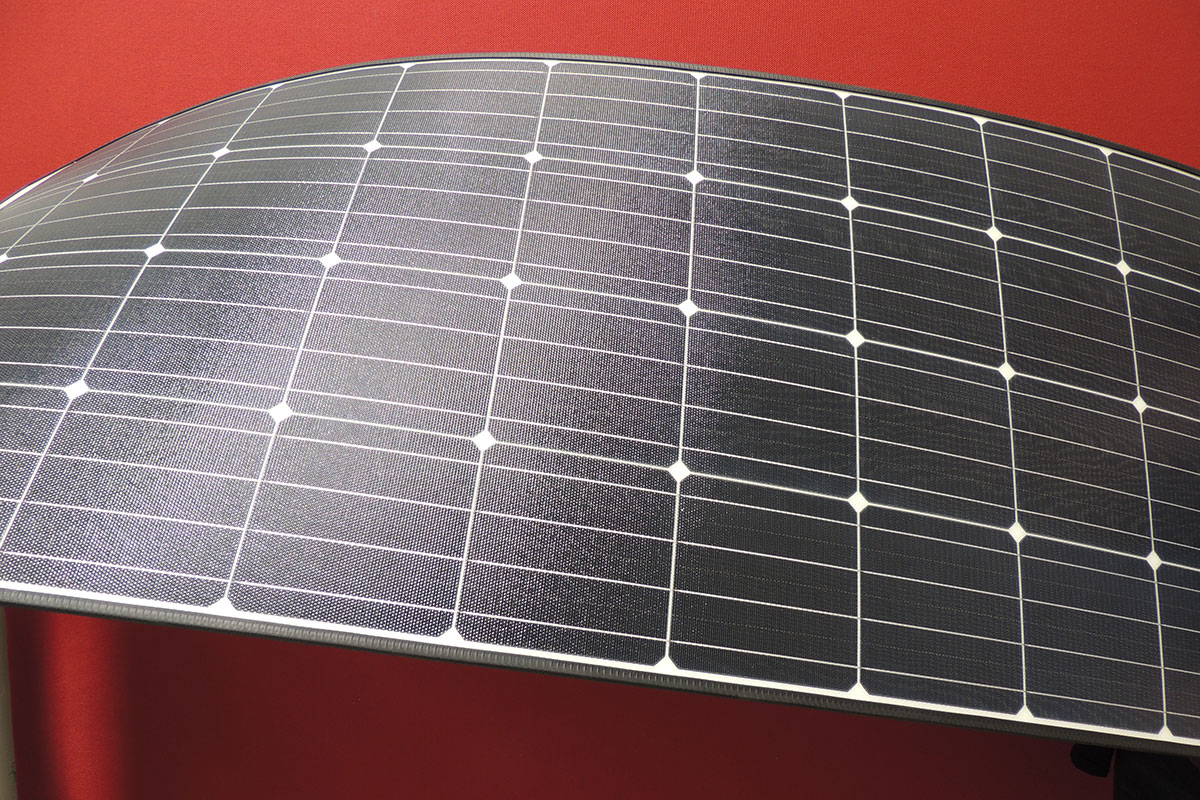
Finally, maybe I am being a little fanciful here but it’s distinctly possible that plugging into the caravan park power outlet or maybe your own house will mean that during the day your RV may well be a generator rather than a user of electricity. Now there is an interesting possibility!
MEET THE AUTHOR

Malcolm Street
Malcolm Street began caravanning in the early 1970s, first in a Viscount and later in a York, the former towed by a Holden Kingswood. Malcolm has RV’d extensively across Australia, New Zealand and Britain. He became an RV journalist in 1999. Each year, he reviews around 40 caravans and motorhomes in Oz and NZ. Yes, he’s a well-travelled bloke with no shortage of campfire opinions about how a given caravan could be better put together.

